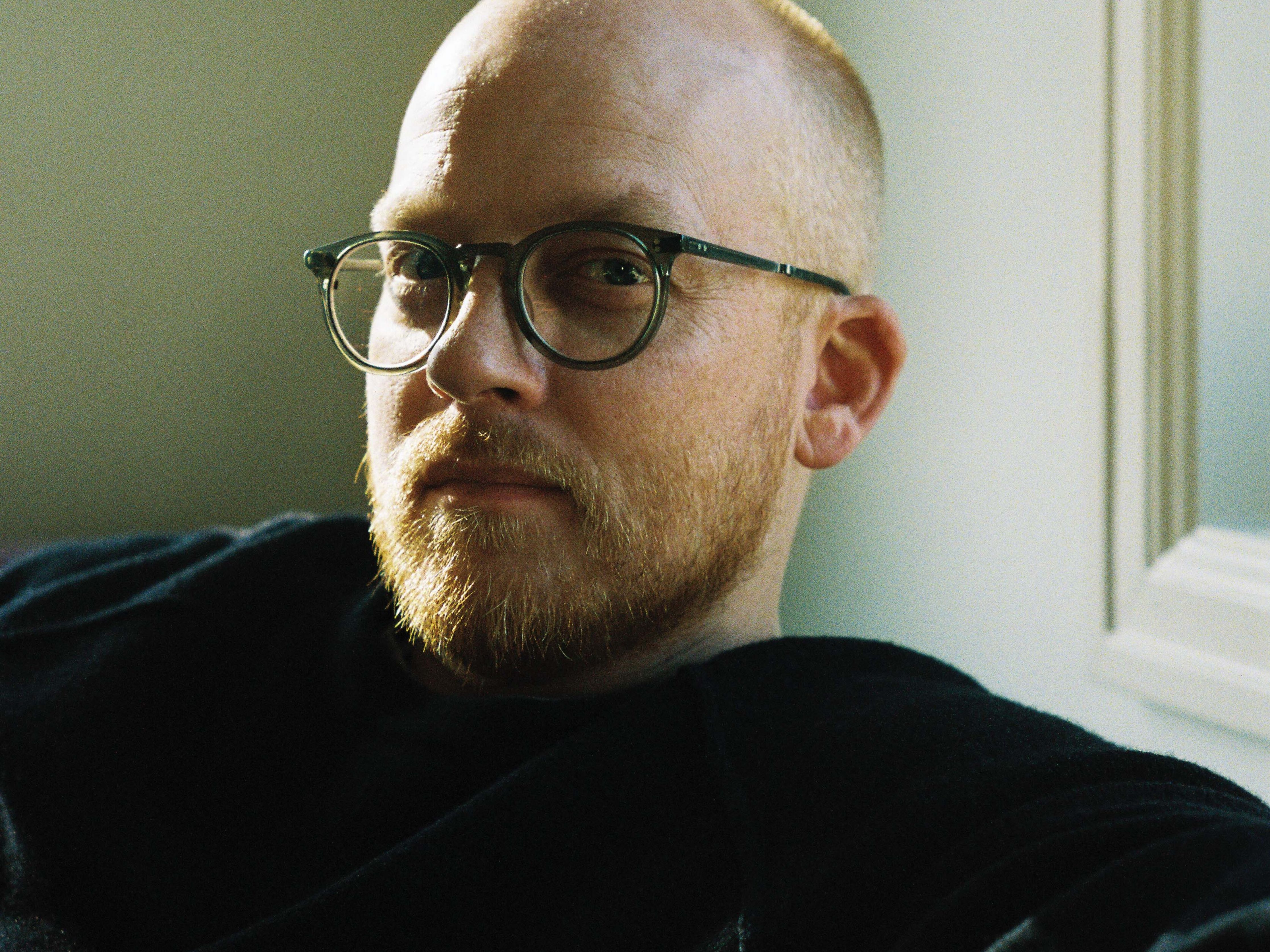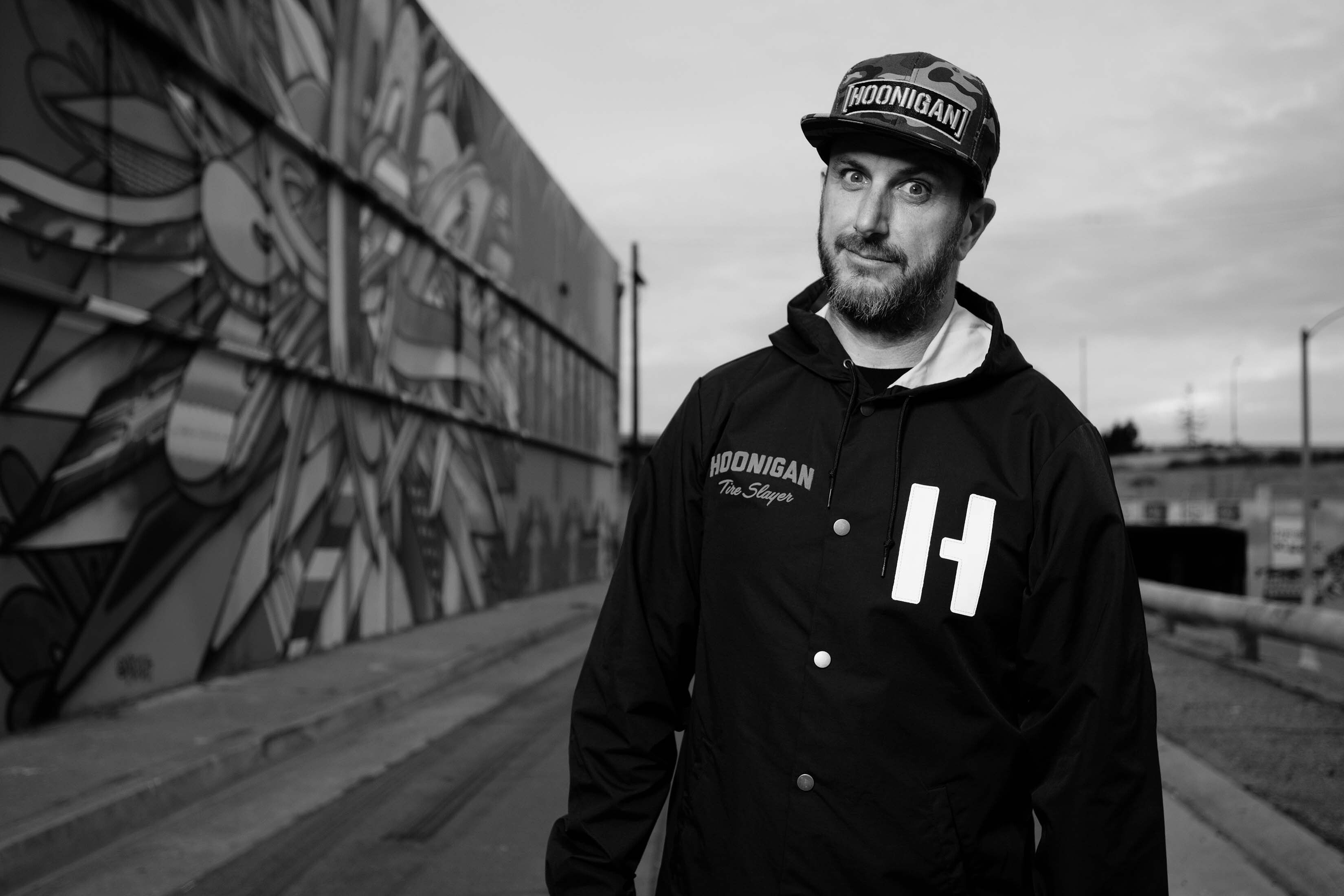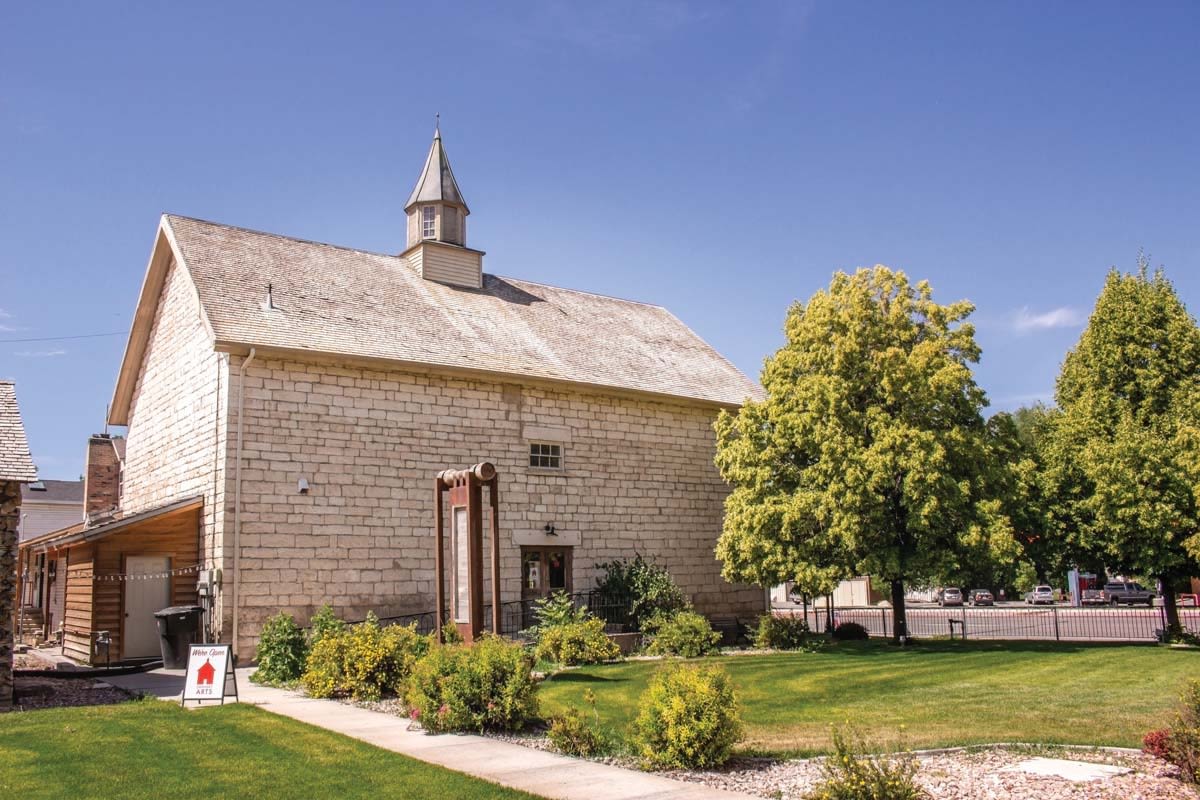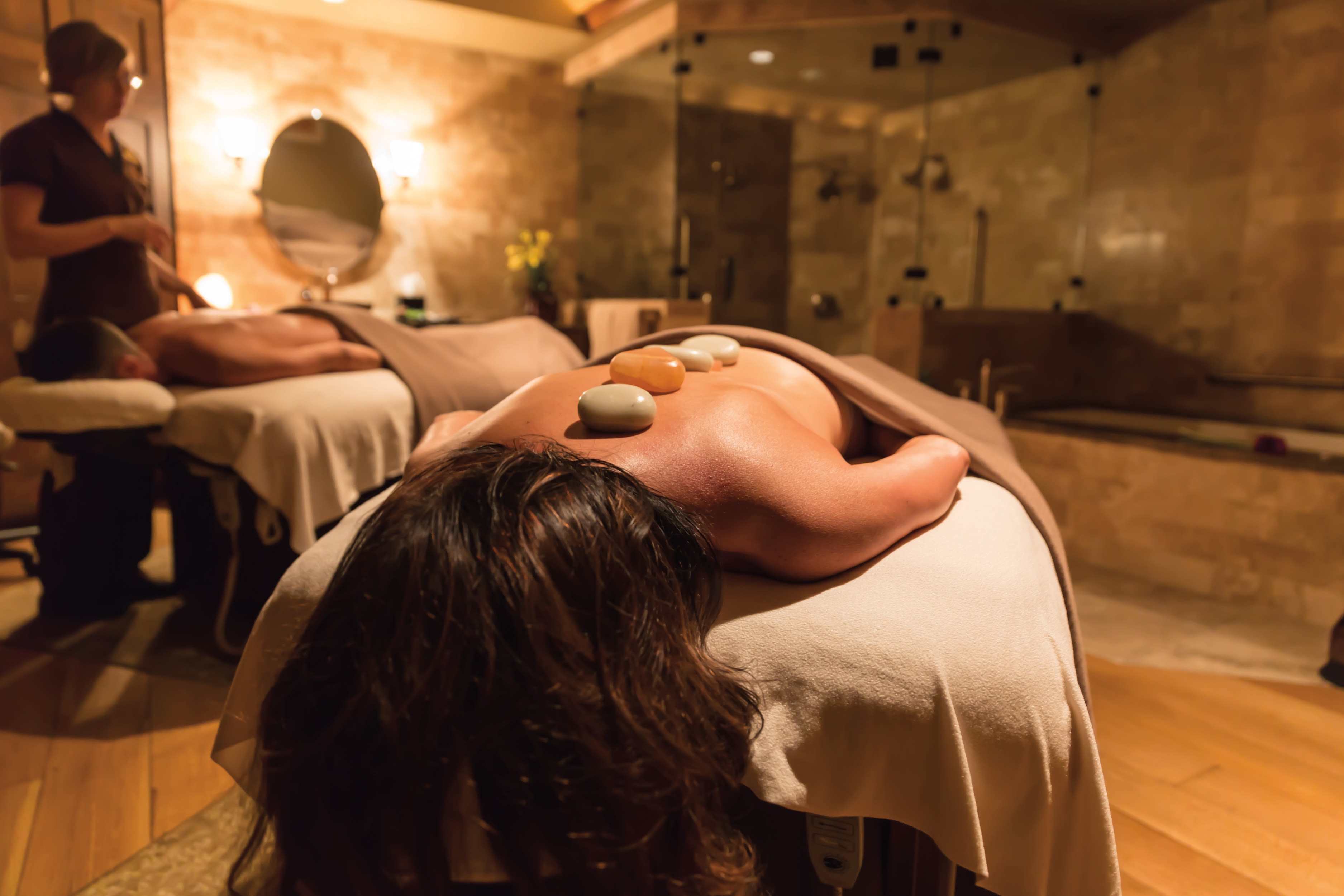Diving into a Little Spa Time
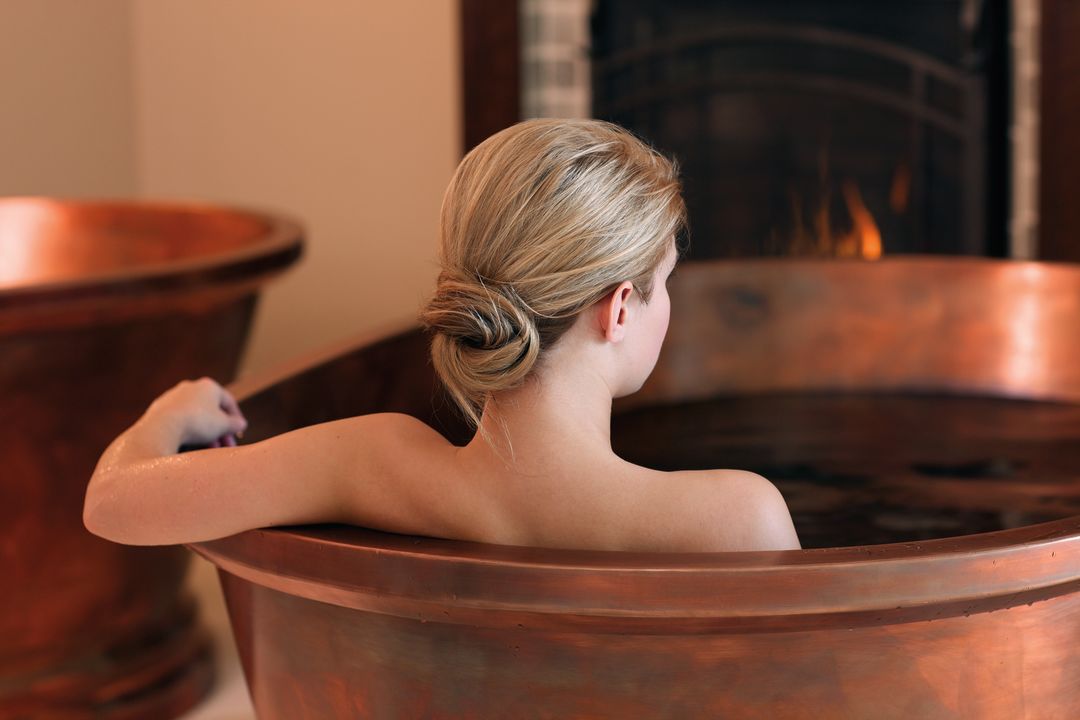
A guest soaks in a copper tub at Spa Montage Deer Valley.
Not much feels as good as soaking in a warm tub. The water ripples over your flesh, heightening your senses and creating a restful impression of weightlessness. Your cares dissolve as your body floats. Ahhhh.
You’ve just experienced hydrotherapy, or the use of water to revitalize and restore health. “It’s a systemic response,” explains Brandon Collins, an Advanced Spa Therapy Education Certification Council (ASTECC)–certified spa therapist at Spa Montage Deer Valley. “As fetuses, we developed in amniotic fluid, so it’s very primal and calming to float in warm water.”
Hydrotherapy is not new; for some early cultures, ceremonial bathing practices required only access to water. For others, they were more than just hygiene or relaxation. Ancient Chinese, Japanese, Persian, Egyptian, Greek, and Roman civilizations all used hydrotherapy in various forms: communal bathhouses, natural springwater baths, and the addition of oils and flower essences to water to accelerate healing. “In some cultures, having access to bathhouses was a status symbol,” says Rosilyn Petersen, spa director at the Spa at Hotel Park City.
“Hydrotherapy is the mother of the spa world and has been for centuries,” adds Jill VanAusdal, spa director at the Spa at Stein Eriksen Lodge. In addition to helping create a soothing, restful state, hydrotherapy facilitates holistic healing: using water in any form—ice, gas, steam, or in combination—manipulates circulation in the blood, lymphatic, and respiratory systems.
“The human body is 70 percent water,” Collins explains. “So in essence, you are using fluid to affect fluid, and the results are profound.”
Hydrotherapy’s healing properties are based on three main effects: chemical, mechanical, and thermal. “Minerals can pull toxins out of your body, while algae delivers nutrients through your skin,” Collins says of a common chemical effect. Mechanical effects can be achieved through jets in hot tubs, steam rooms, or Vichy showers—“a Swiss-made ‘rain bar’ with multiple showerheads” that moves over your body as you are lying on a table, according to VanAusdal. As for thermal effects, “Cold water stimulates, helping reduce inflammation and remove toxins from the bloodstream,” Petersen says. Hot water helps to relax the body, so manual massage can get to deeper tissue.
That last effect explains why sitting in a hot tub and then jumping into the snow can be such a rush. “A drastic change in temperatures helps you feel good,” Petersen says. “It’s tiring, so you feel more relaxed without being muscularly fatigued like after a workout.”
If you’re ready to dip your toes into the pool of hydrotherapy—or leap into its snowbank—here are three great suggestions for spa treatments that will leave you feeling reborn.
Spa Montage Deer Valley
Escape to Serenity
180 minutes, 435.604.1300
Designed for couples, this treatment begins with an herb-and-salt-infused bath in large copper tubs. Next comes a synergistic body massage with hot oil infused with aromatics, followed by a refreshing Swiss shower and brush cleansing. Finally, a foot soak with a variety of salts brings your body into a restful, healed state.
Spa at Stein Eriksen Lodge
Stein Body Polish Vichy Shower
50 minutes, 435.645.6475
Stein’s signature treatment begins with an exfoliating scrub made from cedar, sage, and salt crystals from the Great Salt Lake, followed by a rinse under a Vichy shower. Next, a customized blend of natural aromatherapies and essential oils is applied. Once your skin is thoroughly hydrated and warm, a full-body massage helps calm and revive.
The Spa at Hotel Park City
Pure Indulgence
110 minutes, 435.940.5080
A seasonal exfoliating scrub gently lifts dead skin cells so your skin can fully absorb nutrients. Immerse yourself in the hydrotherapy tub for a tranquil rinse. Afterward, a full-body wrap drenches you with essential oils and raises your body temperature. The treatment concludes with a full-body massage (relaxing or deep tissue) and scalp treatment.

